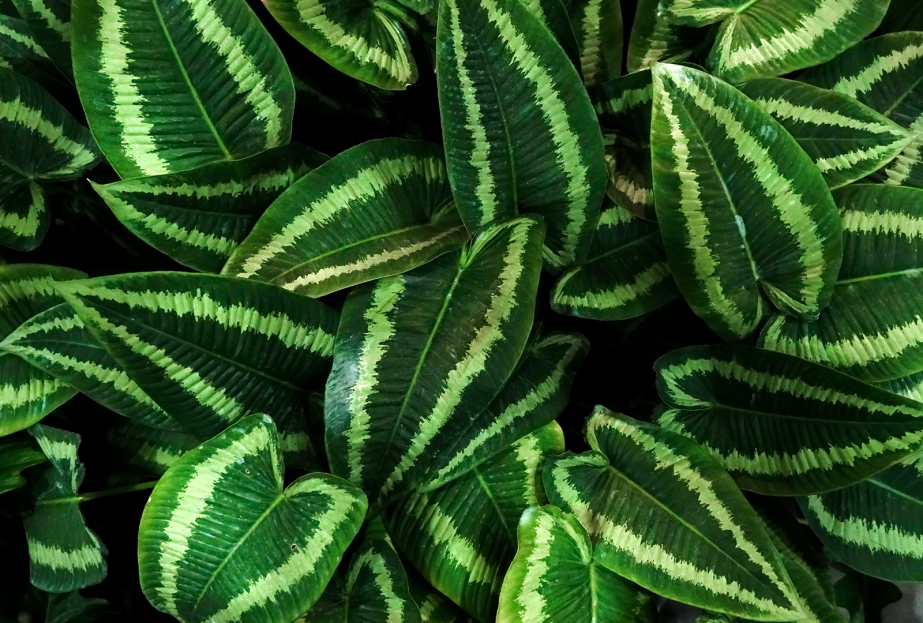
Schismatoglottis is an exotic and beautiful houseplant that stands out with its lush green foliage and striking appearance. Originating from Southeast Asia, this tropical plant is relatively low-maintenance and can be an eye-catching addition to any plant collection. With its unique, broad leaves and relatively easy care requirements, Schismatoglottis is a favorite among houseplant enthusiasts. Here’s everything you need to know to keep your Schismatoglottis healthy and thriving.
Schismatoglottis thrives in bright, indirect light. It is best to place this plant near a window where it can receive plenty of filtered light, but not direct sunlight, which can scorch its leaves. While Schismatoglottis can tolerate some low light conditions, its growth may slow down, and the leaves may lose some of their vibrant color. Ideally, keep the plant in a spot with bright, indirect light for optimal growth and a lush appearance.
Like many tropical plants, Schismatoglottis enjoys consistent moisture but hates to sit in soggy soil. Water the plant when the top 1–2 inches of soil feel dry to the touch. Be sure to water thoroughly, allowing the excess water to drain out of the bottom of the pot. Always empty the saucer to avoid waterlogging, which can lead to root rot.
During the growing season (spring and summer), you’ll need to water the plant more frequently as it actively grows. However, in the fall and winter, when the plant's growth slows, reduce watering to prevent overwatering. Schismatoglottis prefers high humidity, so keep the soil moist, but ensure it’s not sitting in water for prolonged periods.
Schismatoglottis thrives in well-draining, organic-rich soil. A standard potting mix can work well, but adding perlite or orchid bark to improve drainage is a good idea. This will help the soil retain enough moisture while preventing it from becoming waterlogged. Be sure that the pot has adequate drainage holes to allow any excess water to escape.
Repot the plant every 1–2 years or when the roots start to outgrow the current pot. Choose a pot that is just slightly larger than the current one to avoid overwatering and to promote healthy root growth.
As a tropical plant, Schismatoglottis prefers warm and humid conditions. Keep the plant in a room where temperatures range between 65°F and 80°F (18°C to 27°C) for optimal growth. Avoid exposing it to temperatures below 50°F (10°C), as it can damage the plant.
Schismatoglottis enjoys high humidity, and it will thrive if the air moisture level is high. If your home is dry, especially in the winter, you can increase humidity by placing the plant on a humidity tray, using a humidifier, or regularly misting the leaves. Grouping your plant with other humidity-loving plants can also help create a more favorable environment for Schismatoglottis.
Schismatoglottis benefits from regular fertilizing during its growing season (spring and summer). Use a balanced, water-soluble fertilizer diluted to half strength and apply it once a month. This will help provide the nutrients the plant needs to grow strong and healthy.
In the fall and winter, when the plant’s growth slows down, reduce fertilizing to once every 6–8 weeks or stop entirely. Over-fertilizing can lead to nutrient imbalances and salt build-up in the soil, so be sure to follow the recommended schedule.
Schismatoglottis is a low-maintenance plant that generally doesn’t require a lot of pruning. However, you may want to remove any yellowing or dead leaves to keep the plant looking tidy and encourage healthy growth. Use sharp, clean scissors or pruning shears to make clean cuts.
Cleaning the leaves regularly will also help the plant absorb light more efficiently. Wipe the leaves with a damp cloth to remove dust and debris. Be gentle when cleaning the leaves to avoid damaging the delicate surface.
Schismatoglottis is generally considered non-toxic to pets. However, it’s always best to prevent pets from chewing on the plant, as some plants may cause digestive discomfort if ingested in large amounts. Always observe your pets’ behavior around new plants to ensure their safety.